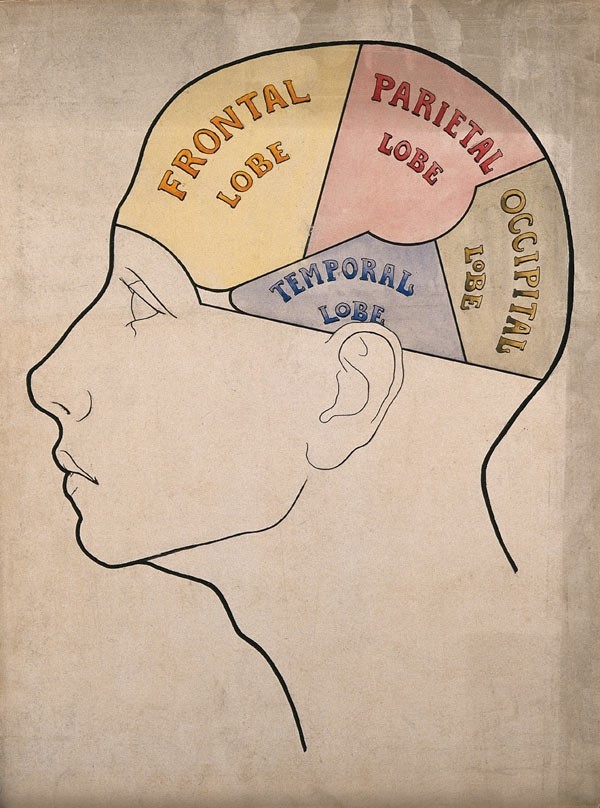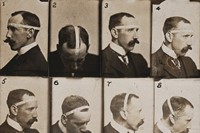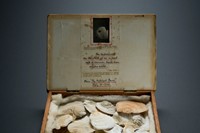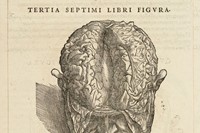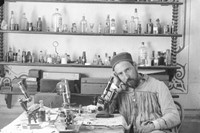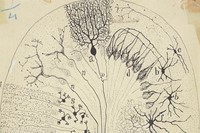A human brain weighs an average of 3 pounds and, despite being 75% water, contains 100 billion nerve cells and around 100 trillion synapses or neural connections...
A human brain weighs an average of 3 pounds and, despite being 75% water, contains 100 billion nerve cells and around 100 trillion synapses or neural connections. For thousands of years its complexities have mystified and intrigued civilisations, prompting extensive research and constantly evolving methods of medical representation and intervention. Now Brains: The Mind as Matter, a new exhibition at London’s Wellcome Collection, considers the organ in fascinating depth, as the subject of human speculation and investigation.
The exhibition is split into four comprehensive sections, and comprises over 150 objects in total – from artifacts and artworks to photographs and intricate diagrams, as well as a number of pickled brains and human skulls to satisfy the morbidly curious. The Measuring/Classifying section explores the numerous efforts to define the relationship between the organ’s form and function, presenting visitors with an array of phrenology tools and models, and shedding light on the sinister theories of brain size as a measure of culture. Whilst Mapping/Modelling looks at the historical representation of the brain’s anatomy, showcasing delicately rendered antique models of the brain; early visualisations by the likes of Reisch, Vesalius and Descartes; and the groundbreaking drawings of brain cells by neuroscience genius Santiago Ramón y Cajal.
"For thousands of years its complexities have mystified and intrigued civilisations, prompting extensive research and constantly evolving methods of medical representation and intervention."
Elsewhere, a 5000-year-old skull drilled full of holes and a poignant photograph by the late Corrine Day – taken as she prepared for brain surgery in 1996 – form part of an enquiry into surgical intervention and its various forms over the centuries. The rather spine-chilling practice of brain harvesting and its varying purposes are also considered – from the horrors of Nazi mass murder and experimentation to today’s brain banks which play an invaluable role in neurological research. Here, viewers can compare the brain specimens of men both good and the evil, from Albert Einstein to notorious 19th century murderer William Burke; while an image of a cabinet displaying the Brains of Educated and Orderly Persons shows the very British quest of our forefathers to engage in the same pursuit.
On the purpose of the display guest curator Marius Kwint explains, "Brains shows how a single, fragile organ has become the object of modern society's most profound hopes, fears and beliefs...and the different ways in which we have treated and represented real, physical brains which open up a lot of questions about our collective minds."
Brains: The Mind as Matter is currently showing at the Wellcome Collection and runs until June 17. The accompanying book (of the same title) by Marius Kwint and Richard Wingate is published by Wellcome Collection and is available now.
Text by Daisy Woodward
